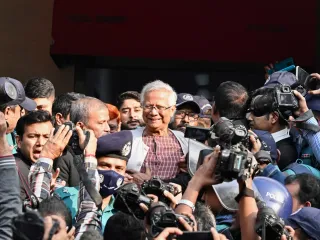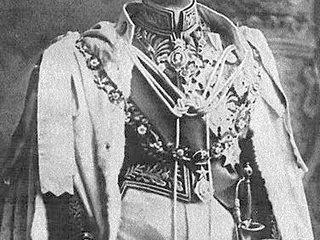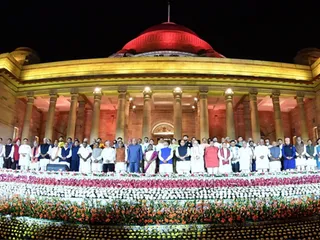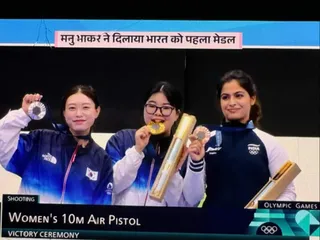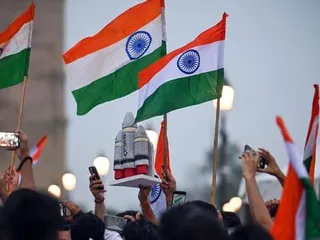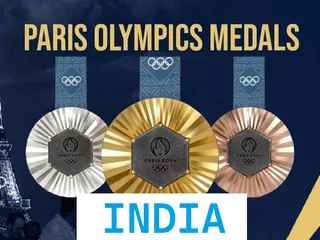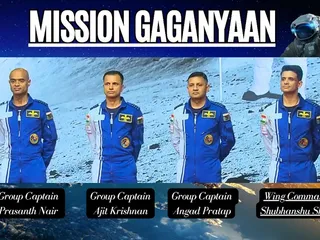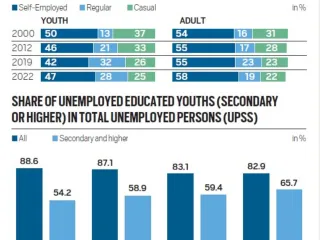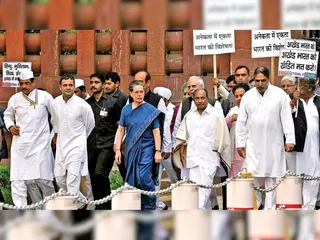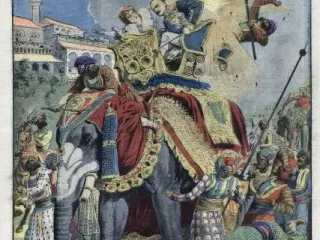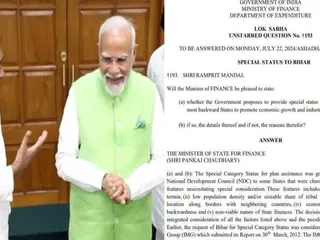The year 1945 witnessed pivotal moments in India's journey towards independence. The aftermath of World War II saw a renewed push for self-governance, leading to the formulation of the Wavell Plan and the subsequent Shimla Conference. These events, though ultimately unsuccessful in achieving a unified India, significantly shaped the path towards partition and the eventual creation of Pakistan.
The Wavell Plan: A Proposal for Interim Government
Following the failure of the Cripps Mission in 1942, Lord Wavell, the Viceroy of India, proposed the Wavell Plan in June 1945. This plan aimed to establish an interim government in India with increased Indian participation. It proposed expanding the Viceroy's Executive Council to include more Indian members, representing both the Indian National Congress (INC) and the Muslim League, under the continued overall authority of the Viceroy. The selection of Indian representatives was to be based on recommendations from the existing provincial legislatures. The plan aimed to transition towards greater Indian self-governance while maintaining British control over key areas of governance.
The Shimla Conference: A Path to Failure
The Shimla Conference, convened in June 1945, was meant to implement the Wavell Plan. However, it descended into acrimony and ultimately failed to achieve its objectives. The central point of contention was the composition of the interim government. The Muslim League, under Muhammad Ali Jinnah's leadership, demanded a substantial representation that mirrored its perceived influence among the Muslim population. The Congress, though willing to participate, had concerns regarding the League's insistence on controlling specific portfolios. Jinnah's insistence on nominating all Muslim members to the interim government, rather than allowing Congress to do so based on their own recommendations from provincial legislatures, proved to be an insurmountable obstacle. The Congress, seeing this as an attempt by Jinnah to dominate the government, refused to accept his terms. This impasse sealed the fate of the conference, effectively ending the plan's possibility of success.
Reasons for Failure and Lasting Impact
Several factors contributed to the failure of the Shimla Conference and the Wavell Plan. Firstly, deep-seated mistrust between the Congress and the Muslim League, fueled by ideological differences and political ambitions, played a major role. Both parties were unwilling to compromise significantly, with each viewing the other with suspicion and distrust. Secondly, Jinnah's increasingly rigid stance on the demand for a separate Muslim state (Pakistan) further exacerbated the situation. His determination to establish a Muslim-dominated government hindered any progress towards a united India. Finally, the British government, though supportive of Indian self-rule, retained its ultimate authority and did not exert enough pressure on either party to compromise.
The failure of the Shimla Conference demonstrated the growing chasm between the Congress and the Muslim League, making the prospect of a united India increasingly improbable. This failure laid the groundwork for the eventual Mountbatten Plan, which proposed the partition of India, a decision with far-reaching consequences that still resonate today. The Shimla Conference serves as a crucial reminder of the complex political dynamics that characterized the final years of British rule in India and the difficult choices that shaped the destinies of both India and Pakistan.







